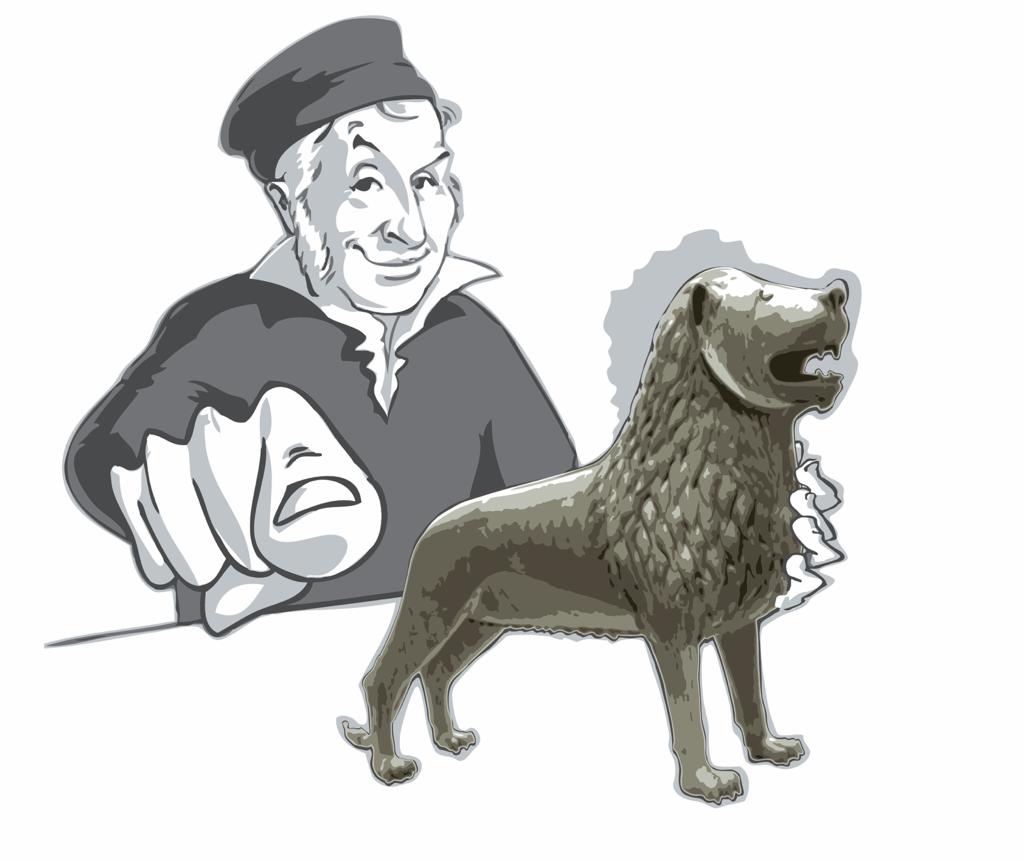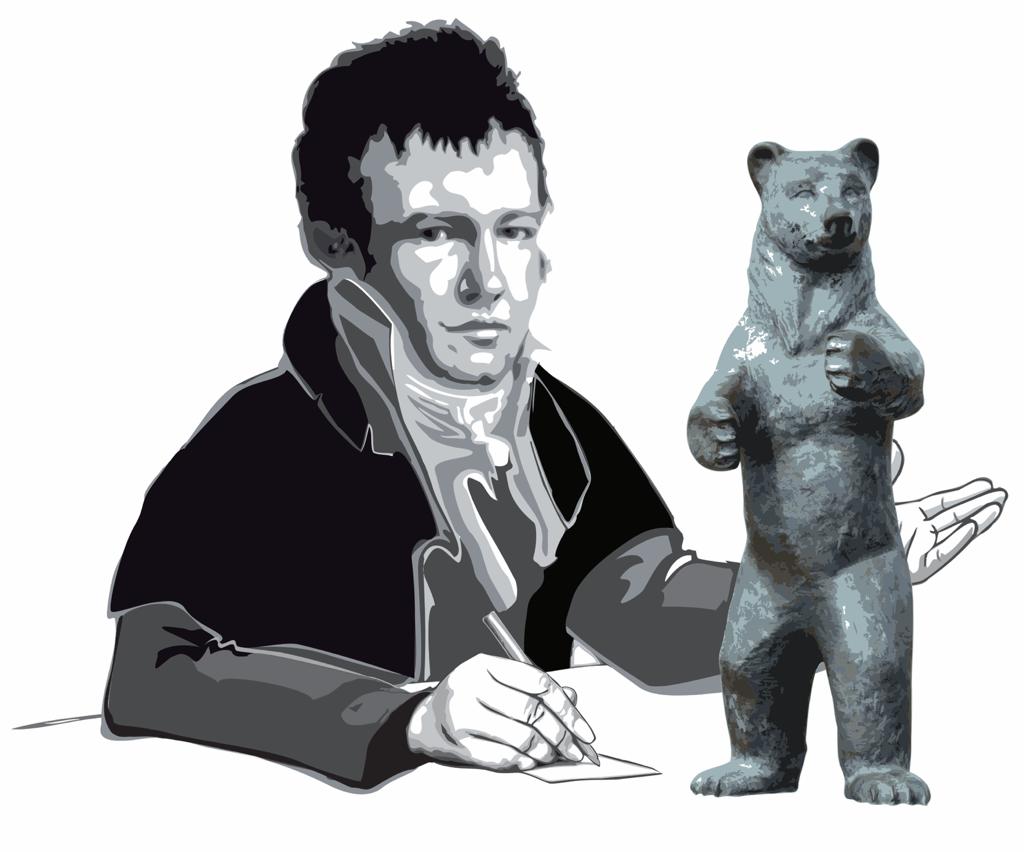Health tips by Barmer: How to keep active in winter

In the cold winter months we are less inclined to go outside – but exercise in the fresh air is good for us in the winter months too.
Dr. Thomas Schulz, sports scientist at BARMER and fitness trainer, explains why we should venture outdoors even in winter, what we should be aware of when we do, and what we can do if it really is too unpleasant for us outside.
It’s cold and grey outside and we’d much rather stay on the sofa. Why should we go out and exercise in the fresh air?
Dr. Thomas Schulz: “Whatever the season, exercise improves our physical and mental health. It prevents many common illnesses and can significantly improve our quality of life. Nevertheless, recent studies show that less than a quarter of adults in Germany get enough exercise. In the cold season, the phenomenon of inactivity is even more pronounced in some people. Yet exercise in the fresh winter air has been proven to boost the immune system.”
If you exercise outdoors you work up a sweat even on cold days. What are the right clothes to wear?
“As the saying goes: there’s no such thing as bad weather, just the wrong clothes. So check the weather before you go out. If the temperature is likely to fluctuate, wear multiple layers of clothing that you can put on or take off as needed. Wear waterproof clothing if it’s raining and, depending on the activity, a breathable outfit is a good idea. The fabric should feel comfortable, but the most important thing is that you don’t get too cold: it’s better to dress a little too warmly without overheating.”
Which types of exercise are particularly suitable in winter?
“It’s all about finding a type of exercise that you enjoy. Whether it’s running, ice skating, sledding, skiing or hiking: you should just try things out to see what you like. There is no one perfect winter sport. If you are inexperienced, however, you should take it slower in sub-zero temperatures and not plan routes that are too long.”
When it really is too unpleasant for me outdoors, can I exercise indoors instead?
“From purely physiological point of view, it makes hardly any differ- ence at all whether you exercise outdoors or indoors, provided that the air quality and other influencing factors are similar. Physical activity can therefore have positive health effects both outdoors and indoors. Some people prefer to exercise in the fresh air, others prefer to stay indoors. It’s up to each individual. The main thing is to move!”
With these three tips, you won’t get cold in your lunch break either
Gets you fit: Jumping jacks
To do jumping jacks, stand up straight with your arms close to your body. Jump into a straddle position (legs wider than shoulder width apart), bringing your arms out to the sides and up until your hands meet above your head. Jump and bring your legs back together and your arms back down to your sides. Repeat the exercise several times.
Stops the chills: Rubbing and patting
We can raise our skin temperature by increasing the blood flow to our skin. To do this, rub your legs, arms, belly and chest with the palm of your hands, applying pressure, until they become warm. Then pat vigorously with the palm of your hand to enhance the effect.
Warms and awakens: Active shivering
When we are cold, our body starts to shiver to activate the muscles and increase blood circulation. This distributes the heat from inside our body more effectively. You can also consciously induce shivering by simulating shivering movements in your arms and legs. That will warm you up!




You must be logged in to post a comment.